The Rhythm Method or Self-Observation
The fertile days in the menstrual cycle were discovered in the 1930s, by gynaecologists Hermann Knaus (Austria) and Kyusaku Ogino (Japan). This laid the foundation for modern methods of self-observation. Numerous aids were developed to calculate the days on which a woman could become pregnant, which were few in number.
Knaus’ and Ogino’s findings, while useful for purposes of both conception and contraception, are not able to ensure complete effectiveness: the menstrual cycle, being influenced by the emotions and other factors, is not always regular.
With regard to contraception, one must remember that sperm cells are extremely hardy and can survive in the Fallopian tubes for up to five days, during which time they are capable of fertilising an egg.
For this reason the rhythm method of birth control is suitable solely for couples who want to have a child eventually and are merely delaying conception.

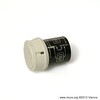 CD-Indicator
Ein Präzisionsinstrument, das auf wissenschaftlicher Basis die fruchtbaren und unfruchtbaren …
CD-Indicator
Ein Präzisionsinstrument, das auf wissenschaftlicher Basis die fruchtbaren und unfruchtbaren …
 Baby-Comp
Natural family planning
Baby-Comp
Natural family planning
 Birth control chain
A chain of beads for calculation of fertile and infertile …
Birth control chain
A chain of beads for calculation of fertile and infertile …
 Calculation disc
Calculation disc to identify the presumable dates of birth and …
Calculation disc
Calculation disc to identify the presumable dates of birth and …
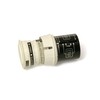 CD Indicator
Indicator developed by Adolf Schmid, Vienna, 1931.
Based on the …
CD Indicator
Indicator developed by Adolf Schmid, Vienna, 1931.
Based on the …
 Contraceptive chart
Contraceptive chart for the brochure ‘Fertility and Natural Contraception’.
Use …
Contraceptive chart
Contraceptive chart for the brochure ‘Fertility and Natural Contraception’.
Use …
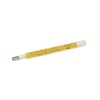 Cyclotest
Natural family planning
Cyclotest
Natural family planning
 daysy
The reliable cycle monitor for hormone-free contraception and family planning
daysy
The reliable cycle monitor for hormone-free contraception and family planning
 Device for ascertaining the date of fertile days in the menstrual calendar
The device came in the book ‘The Fertile and Unfertile …
Device for ascertaining the date of fertile days in the menstrual calendar
The device came in the book ‘The Fertile and Unfertile …
 Donna fertility tester
The form of the ‘fertility tester’ resembles that of a …
Donna fertility tester
The form of the ‘fertility tester’ resembles that of a …
 femiLog
the computerized personal fertility advisor
femiLog
the computerized personal fertility advisor
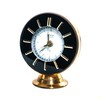 Gynodate
The ‘love alarm clock’
Gynodate
The ‘love alarm clock’
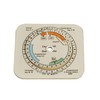 IVF calculation disc
The IVF calculation disc is composed of two discs that …
IVF calculation disc
The IVF calculation disc is composed of two discs that …
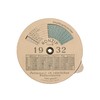 Konzip conception disc
A calculation disc for indication of fertile and infertile days. …
Konzip conception disc
A calculation disc for indication of fertile and infertile days. …
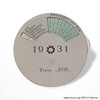 Konzip conception disc
A calculation disc for indication of fertile and infertile days. …
Konzip conception disc
A calculation disc for indication of fertile and infertile days. …
 Lady-Comp
Natural family planning
Lady-Comp
Natural family planning
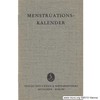 Menstrual calendar
Calendar, published by the medical science publishing house Wilhelm Maudrich, …
Menstrual calendar
Calendar, published by the medical science publishing house Wilhelm Maudrich, …
 Ovulite
Your personal ovulation microscope
Ovulite
Your personal ovulation microscope
 Period calendar
Promotional material for BTest compact. Calendar for the year 1995. …
Period calendar
Promotional material for BTest compact. Calendar for the year 1995. …
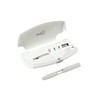 Persona
Instrument for indicating one’s infertile days. Hinged case with digital …
Persona
Instrument for indicating one’s infertile days. Hinged case with digital …
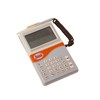 The Cycle Computer
The Cycle Computer is housed in a red case with …
The Cycle Computer
The Cycle Computer is housed in a red case with …
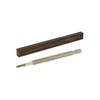 Thermometer for Women
Thermometer for precise measurement of miniscule changes in a woman’s …
Thermometer for Women
Thermometer for precise measurement of miniscule changes in a woman’s …
 Thermometer for Women
Thermometer for precise measurement of miniscule changes in a woman’s …
Thermometer for Women
Thermometer for precise measurement of miniscule changes in a woman’s …
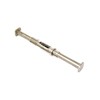 The Rule of Life
For indication of fertile days
The Rule of Life
For indication of fertile days
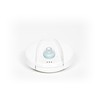 Yono Labs
YONO is a silicon-coated earpiece that is worn all night …
Yono Labs
YONO is a silicon-coated earpiece that is worn all night …